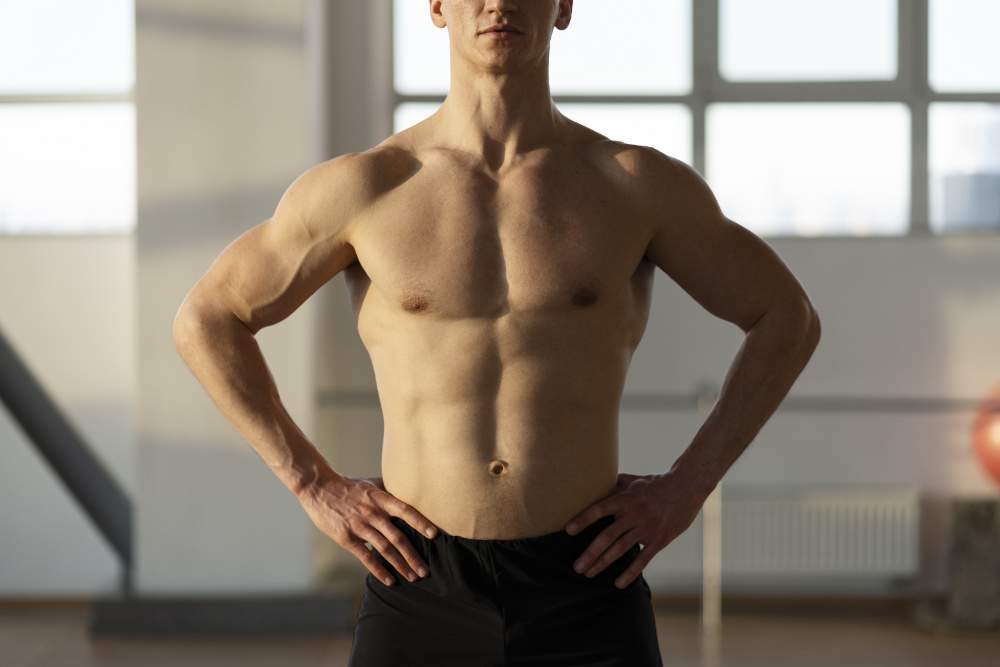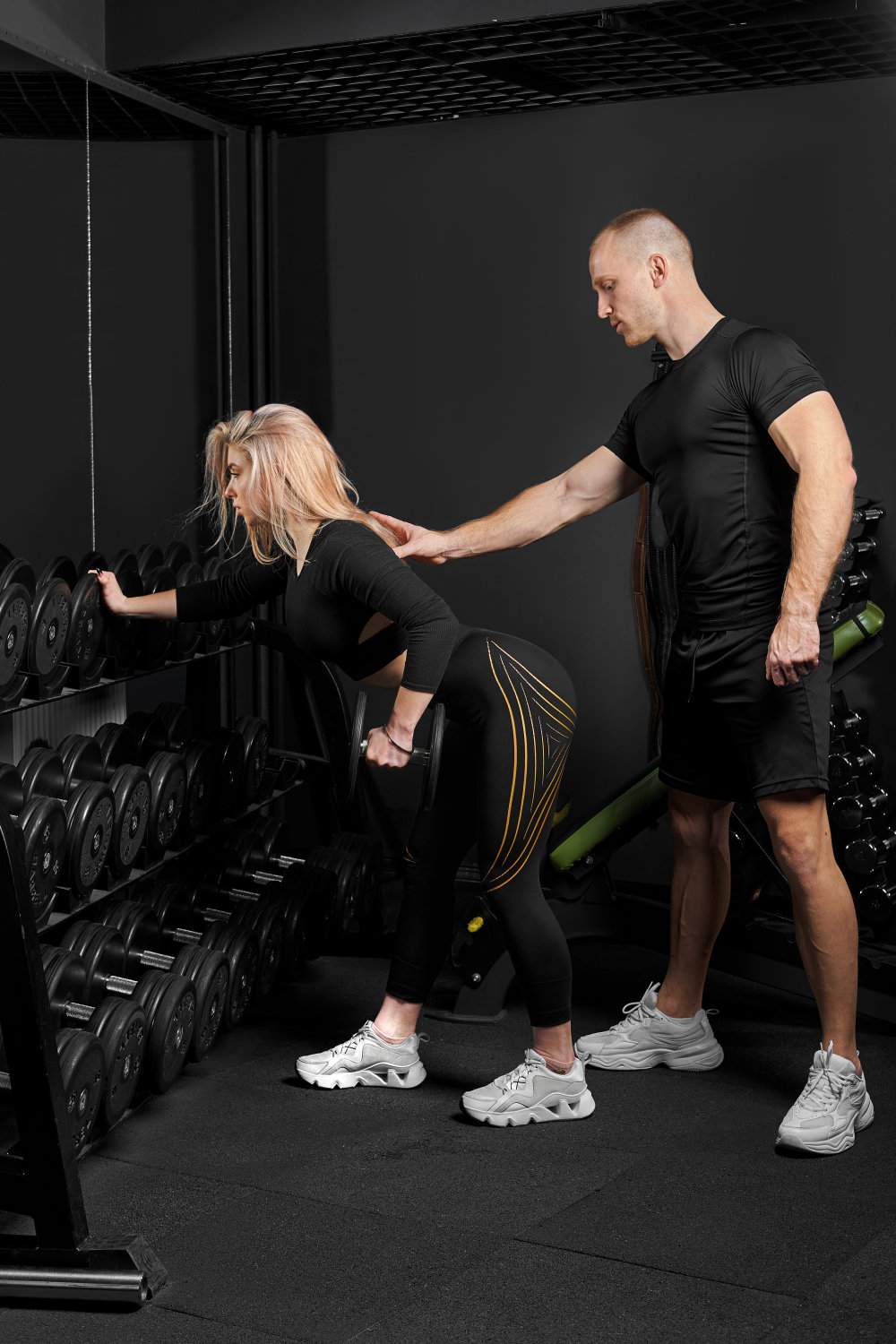Getting that satisfying muscle pump from push ups is one of the best feelings in fitness. But exactly how many reps do you need to achieve it? The answer is simpler than you might think.
What exactly is a muscle pump and why does it happen?
A muscle pump occurs when blood rushes into your muscles during exercise, making them feel tight, swollen, and temporarily larger. This happens because your muscles need more oxygen and nutrients during intense work, so your body sends extra blood to the working area.
The pump isn’t just for show. Research shows that this increased blood flow helps deliver nutrients to your muscles and can actually contribute to muscle growth over time.
How many push ups do you need to get a pump?
You need 15-25 push ups to get a noticeable pump in your chest, shoulders, and triceps. This range works for most people because it creates enough muscle fatigue to trigger increased blood flow without completely exhausting your muscles.
Studies on muscle activation show that this rep range hits the sweet spot where your muscles work hard enough to demand extra blood flow, but you can still maintain good form throughout the set.
Why does the 15-25 rep range work best for getting pumped?
This rep range works because it creates the perfect storm of muscle fatigue and blood flow. When you do 15-25 reps, you’re working in what exercise scientists call the “metabolic stress zone.”
Your muscles start running low on oxygen around rep 12-15, which triggers your body to send more blood to the area. By the time you hit 20-25 reps, that pump feeling is in full swing.
Going below 15 reps usually won’t create enough metabolic stress. Going above 30 reps often leads to form breakdown before you get the full pump effect.
What factors affect how quickly you get pumped?
Several key factors determine how many push ups you need:
- Your current fitness level – Beginners might feel pumped after 10-12 reps, while experienced lifters need 20-25
- Push up speed – Slower reps (2-3 seconds down, 1 second up) create more pump with fewer total reps
- Rest between sets – Shorter rest periods (30-60 seconds) maintain the pump better
- Your body weight – Heavier individuals often need fewer reps to achieve the same pump effect
- Time of day – Most people get better pumps in the afternoon when their body temperature is naturally higher
Should you do multiple sets to maximize your pump?
Yes, doing 2-3 sets of 15-25 push ups with 45-60 seconds rest between sets will give you a much better pump than one single set.
Research from exercise physiology shows that multiple sets create cumulative fatigue, which enhances the pump effect. Your muscles don’t fully recover between short rest periods, so each set builds on the previous one.
The total volume that works best is 45-75 total push ups spread across 2-3 sets.
How long does a push up pump last?
A good push up pump typically lasts 15-30 minutes after your workout. The exact duration depends on your fitness level, hydration status, and what you do immediately after exercising.
To make your pump last longer, avoid stretching the worked muscles immediately after your set. Light movement is fine, but deep stretching can reduce blood pooling in the muscles.
What’s the difference between a pump and actual muscle growth?
The pump is temporary muscle swelling from increased blood flow. Real muscle growth happens over weeks and months of consistent training.
However, the pump isn’t just cosmetic. Exercise scientists have found that the metabolic stress that creates a pump also triggers muscle-building signals in your body. So while the immediate pump fades quickly, it contributes to long-term muscle development.
Can you get a pump with different push up variations?
Standard push ups work great, but some variations can enhance your pump:
- Diamond push ups – Target triceps more intensely, often creating a pump with 12-20 reps
- Wide grip push ups – Focus more on chest, usually need 18-25 reps for full pump
- Incline push ups – Easier variation, might need 25-30 reps for the same effect
- Decline push ups – Harder variation, often pump achieved with 10-18 reps
The key is choosing a variation where you can complete 15-25 quality reps while maintaining good form.
What should you do if you’re not getting pumped?
If you’re not feeling pumped after 25 push ups, try these adjustments:
- Slow down your reps – Take 2-3 seconds to lower yourself down
- Reduce rest time – Keep rest between sets to 45 seconds maximum
- Focus on form – Make sure you’re going through full range of motion
- Try a harder variation – Move to decline or diamond push ups
- Check your hydration – Dehydrated muscles don’t pump as well
How does getting a pump help with your fitness goals?
The pump serves several important purposes beyond just feeling good:
- Muscle building – The metabolic stress that creates a pump triggers muscle growth signals
- Form feedback – When muscles are pumped, you can better feel if you’re working them correctly
- Motivation boost – The immediate visual and physical feedback keeps you motivated to continue training
- Blood flow improvement – Regular pumps help improve circulation to your muscles
FAQ Section
Is it normal to not get pumped on your first few workouts?
Yes, beginners often need 2-3 weeks of consistent training before they start feeling strong pumps. Your muscles need time to adapt to the increased blood flow demands.
Can you get pumped doing push ups every day?
You can get a pump daily, but your muscles need rest to grow. Limit intense pump sessions to every other day for best results.
Do you need supplements to get a good pump?
No supplements are required. Proper hydration and good form are more important than any supplement. A basic pre-workout might enhance the feeling, but it’s not necessary.
Why do some people get pumped easier than others?
Genetics play a role in how easily you get pumped. People with more fast-twitch muscle fibers often get better pumps, while others need to work harder for the same effect.
Should you chase the pump in every workout?
The pump is a useful tool, but don’t make it your only focus. Strength progression and consistent training matter more for long-term results.
Understanding how many push ups to get a pump helps you structure your workouts more effectively. Remember, the pump is just one indicator that you’re working hard – focus on consistent effort and progressive improvement for the best long-term results.

